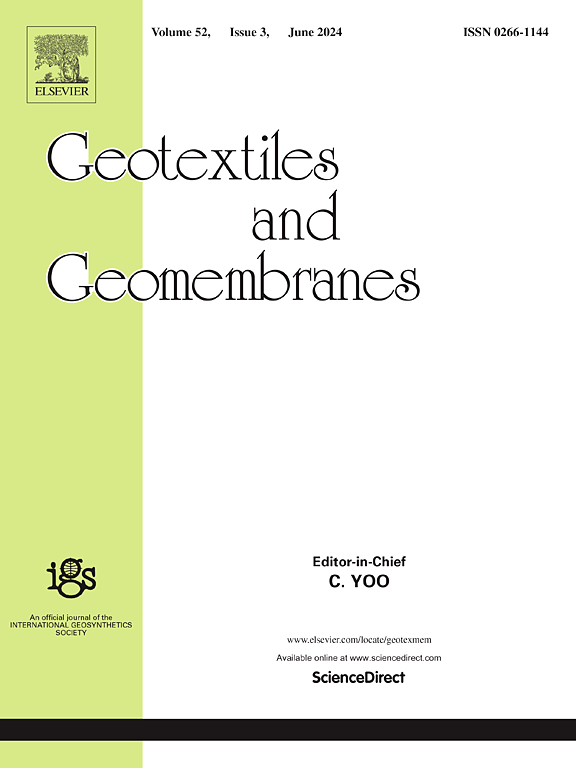Study of design parameters for staged-filled slurry treated by prefabricated horizontal drains under vacuum preloading
Abstract
The method of using Prefabricated Horizontal Drains (PHDs) placed in layers under vacuum preloading can significantly speed up consolidation of staged-filled soil slurry. The PHDs can settle with the soil slurry and maintain their shape/pattern and dewatering capacity largely in comparison with Prefabricated Vertical Drains (PVDs). This study presents a field trial focused on treating dredged sediments using PHDs under vacuum preloading for land reclamation purposes. The staged filling involved in the field trial is analyzed using a finite strain consolidation model based on the piecewise-linear finite-difference method. Then, the effects of horizontal and vertical spacings of PHDs on settlement and vacuum consolidation rate are evaluated, considering various combinations of variables for staged-filled soil. It is found that for soils with low compressibility, the consolidation rate is primarily affected by the vertical spacing of PHD layers. For soils with higher compressibility, the consolidation rate is more significantly affected by the horizontal spacing of PHDs, and the final settlement after vacuum preloading is mainly influenced by the vertical spacing of PHD layers. This study provides practical recommendations for cost-effective design of horizontal and vertical spacings of PHDs in efficiently treating soil slurry with different compressibility and initial conditions.

 求助内容:
求助内容: 应助结果提醒方式:
应助结果提醒方式:


